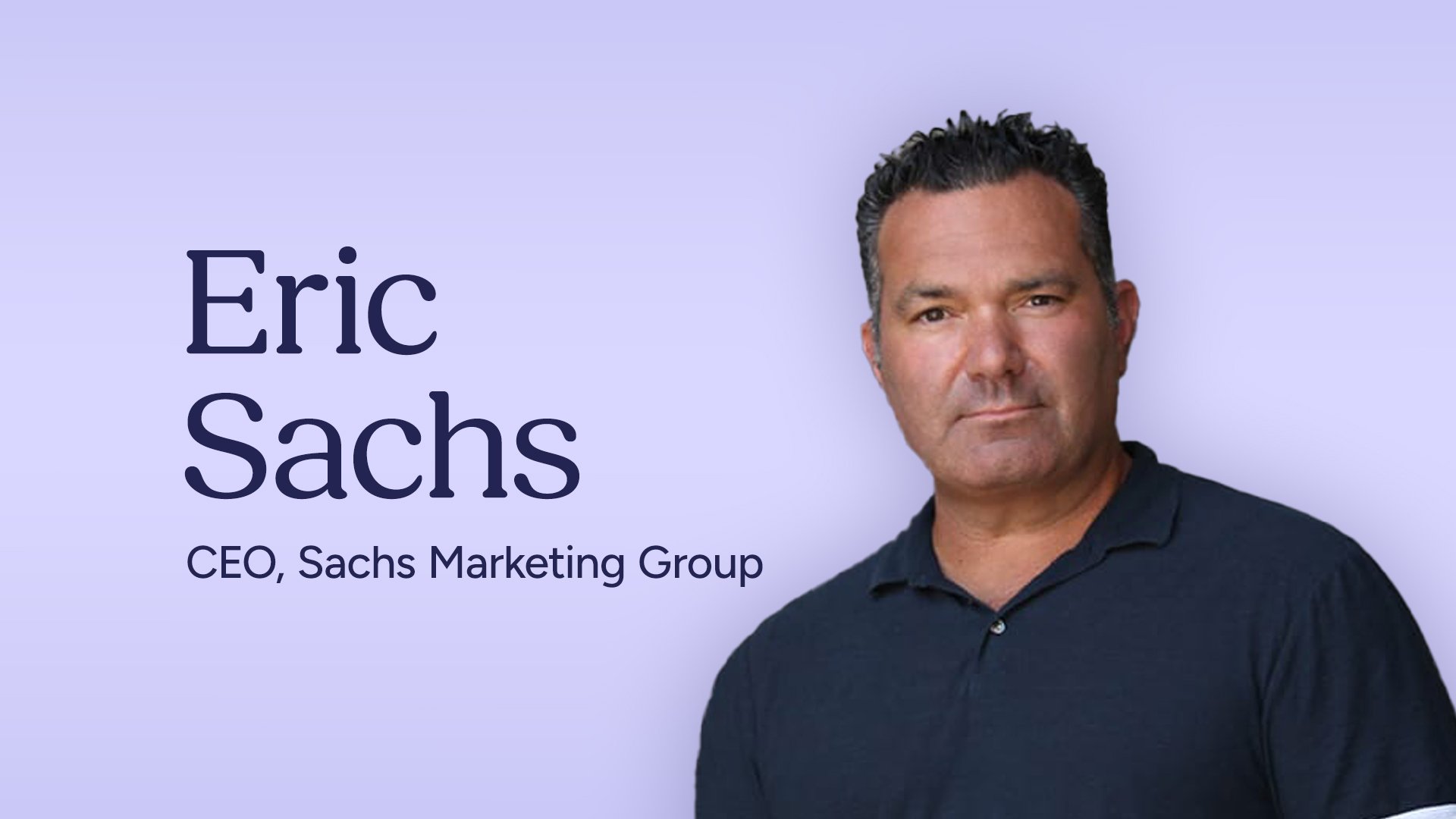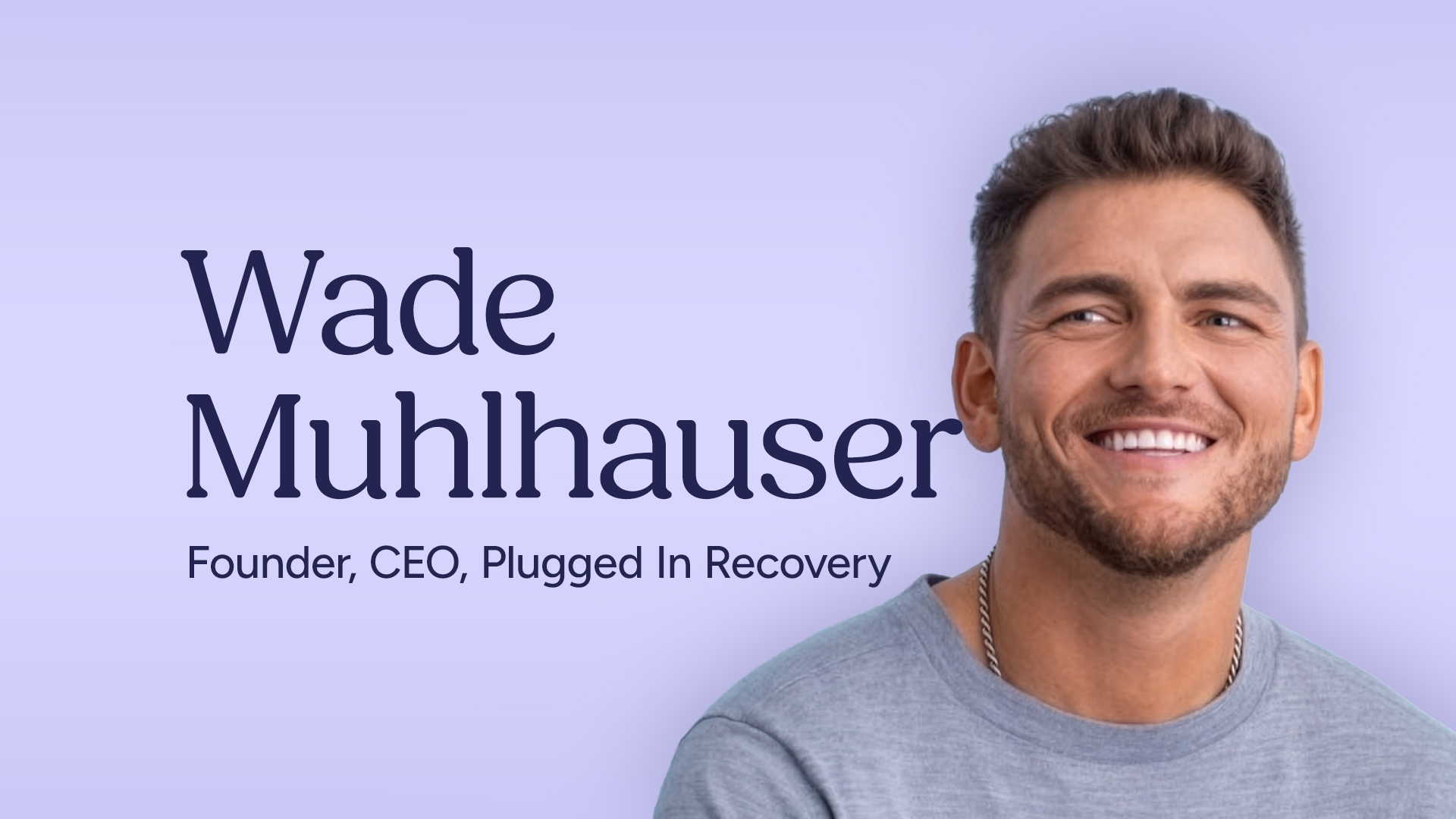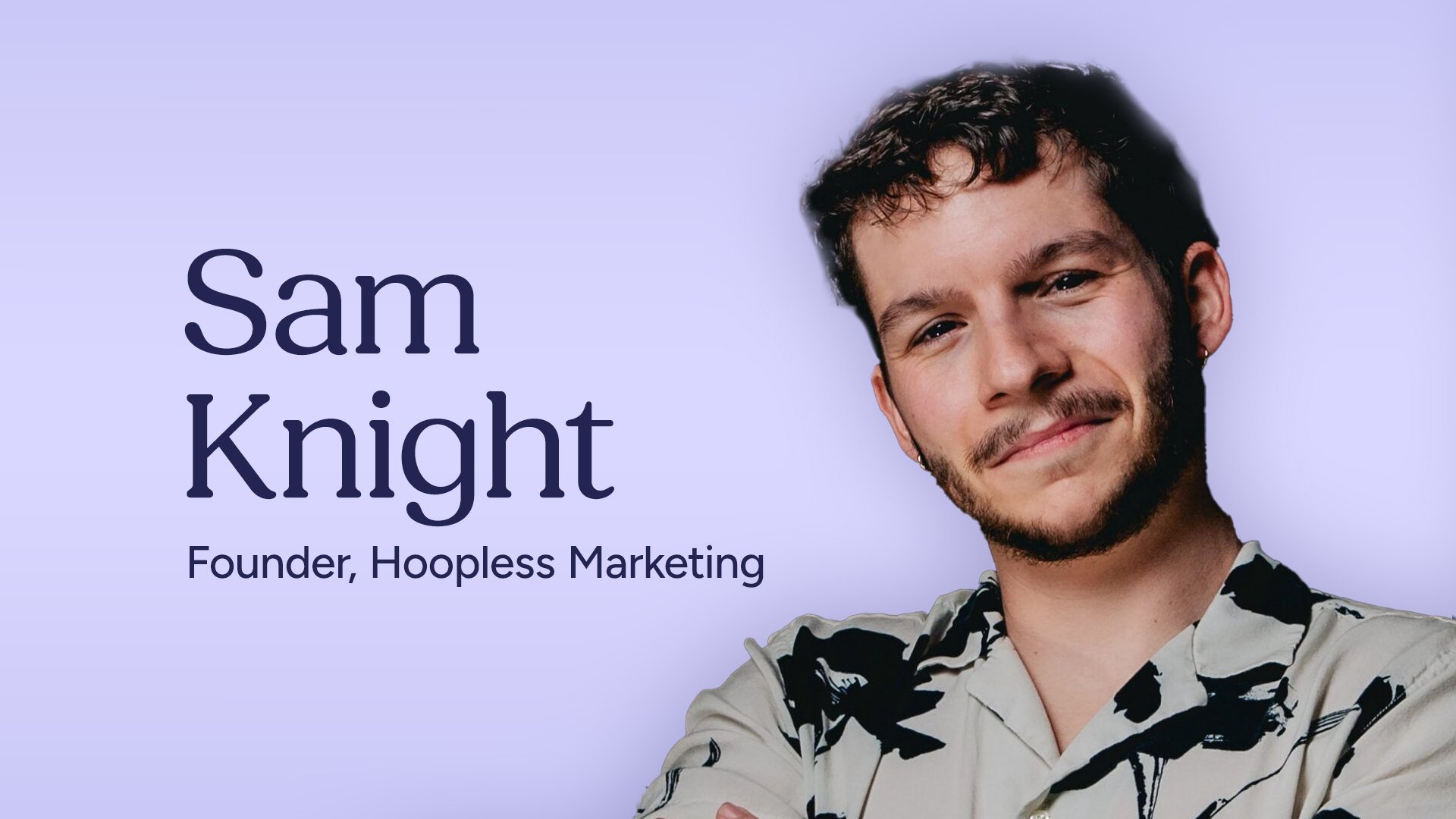Targeting in Addiction Treatment: 7+ Ways Focusing Your Efforts Widens Your Impact
When everyone is your target, no one is. Steve Donai, founder of Growth Sherpa, breaks down how strategic targeting—rooted in passion, data, and outcomes—can transform your recovery center’s impact and identity.
Learn what targeting truly means, why it’s essential, and how narrowing your focus can, counterintuitively, expand your reach and impact.
Index:
- Defining Your Target: Why Broad Strokes Can Lead to Blurry Outcomes
- The Power of Precision: Resonating with Your Ideal Patient
- From Altruism to Abundance: Overcoming the Fear of Narrowing Focus
- Leveraging Data and Passion: How to Identify Your Best-Served Population
- Navigating Change: Shifting Your Organization’s Target Market
- The "No Wrong Call" Policy: Ensuring Every Call Leads to Help
- Reaching Your Audience: Tailoring Communication for Maximum Impact
1. Defining Your Target: Why Broad Strokes Can Lead to Blurry Outcomes
Targeting in addiction treatment is about developing a clear plan for the type of patient your facility is best equipped to treat. While every treatment center aims to help, a broad approach, where you "say yes to everyone who knocks on the door," can lead to significant challenges.
When a facility tries to be everything to everyone, several issues can arise:
- Increased AMA (Against Medical Advice) Rates: A lack of a cohesive milieu due to varied patient needs can lead to patients leaving treatment prematurely.
- Shorter Lengths of Stay: When treatment plans aren't precisely aligned with patient profiles, engagement may suffer, resulting in shorter durations of care.
- Worse Outcomes: Ultimately, a mismatched treatment approach can lead to less effective recovery journeys.
- Lack of Differentiation: In a competitive landscape, a broad approach makes your center look like "everybody else." This makes it difficult for potential patients to understand why your facility is the best fit for their specific needs.
2. The Power of Precision: Resonating with Your Ideal Patient
The primary benefit of clear targeting is the immediate connection it creates with your ideal patient. When someone visits your website or encounters your messaging, they should feel an instant recognition: "Oh, this is for me."
For example, imagine the websites of of Bentley and Chevy. Bentley's website showcases a lifestyle, focusing on aspiration and luxury, not just the car itself. Conversely, Chevy's site is feature- and benefit-driven, appealing to a mass market. In the addiction treatment context, this means:
- A Bentley-like approach might focus on specialized, high-end care for a specific demographic, emphasizing unique amenities and tailored experiences.
- A Chevy-like approach might appeal to a broader population, highlighting comprehensive services across various needs and insurance coverages.
The goal is to define who is the right fit for your program and ensure your messaging, facilities, and clinical approach align perfectly with that demographic. This resonance helps you stand out in a crowded market and attracts individuals who are most likely to thrive in your environment.
3. From Altruism to Abundance: Overcoming the Fear of Narrowing Focus
For many treatment providers, the idea of narrowing their focus can feel counterintuitive to their altruistic mission of helping everyone. However, Donai argues that operating from a place of abundance, rather than fear, is key to successful targeting.
A crucial strategy is implementing a "no wrong call" policy. This means that even if a caller isn't a direct fit for your program, they are still considered to have "called the right place" because your team will diligently refer them to a trusted partner who can meet their specific needs. This approach ensures no one is turned away without guidance.
By focusing on who you treat best, you can ensure your program is full of individuals who will benefit most from your specialized care, leading to better outcomes and a more sustainable operation. This allows you to serve your chosen niche exceptionally well, while still contributing to the broader recovery ecosystem by facilitating appropriate referrals. For resources on overcoming addiction, visit Recovery.com's addiction resources page.
4. Leveraging Data and Passion: How to Identify Your Best-Served Population
Identifying your ideal target market depends on whether you're a new program or an existing one.
- For New Programs: Begin with your passion. If you're opening a treatment center, chances are you have a deep personal connection or understanding of a specific population's needs. This lived experience or profound understanding provides a strong foundation for your ideal client profile.
- For Existing Programs: Leverage your data. Outcomes-based marketing practices are paramount. Many vendors and data analytics tools can reveal which demographics achieve the best outcomes (e.g., lower AMA rates, longer lengths of stay, sustained sobriety) 60, 90, or 180 days post-treatment.
Donai provides a compelling example: "Let's say you've always positioned yourself as a young adult male treatment provider, but it turns out middle-aged females actually have better outcomes 60, 90, 180 days post-treatment."
This data presents a critical decision point:
- Do you pivot your marketing and identity to align with who you serve best? This might involve changes to your physical facility and messaging.
- Do you invest in additional training and support for your clinical team to improve outcomes for your current target demographic?
The goal is to align your front-end marketing and outreach with where your program genuinely excels. By focusing on those you treat best, you can create a virtuous cycle of improved outcomes, higher census, and reduced operational headaches.
5. Navigating Change: Shifting Your Organization’s Target Market
Changing your target market is a significant undertaking that requires thoughtful planning and execution. It's not a switch you flip overnight. Donai emphasizes that this "legitimately could be a 6- or 12-month turn, depending on the size of the program, the age of the program."
Key steps in steering your organization toward a new target market include:
- Executive Team Buy-In: The leadership must be fully committed and understand the opportunities and pitfalls.
- Comprehensive Strategic Planning: This involves re-evaluating everything from your website and marketing materials to email campaigns, print ads, and outreach strategies.
- Retraining and Workflow Adjustments: Your admissions and outreach teams will need retraining on new messaging, client personas, and workflow processes.
- Facility Adjustments: The physical environment might need to be adapted to better suit the new patient profile. For instance, a program for athletes might need a better gym facility and specialized nutrition plans.
- Patient Feedback: Don't underestimate the value of asking current and past patients what they find valuable or what could be improved.
- Measurable Outcomes: Continuously measure the effectiveness of your changes to ensure they are leading to desired improvements.
Donai advises, "Don't rush through it... you can take the time to roll it out... you'll have a lot less headaches and a lot less challenges that way." He also highlights the importance of listening to your team, especially those who interact directly with clients and referral sources, as they offer unfiltered insights into market sentiment.
6. The "No Wrong Call" Policy: Ensuring Every Call Leads to Help
As discussed, the "no wrong call" policy is a cornerstone of responsible targeting. Instead of simply directing callers to generic hotlines or resources, a well-implemented policy ensures a warm transfer to a suitable alternative. This approach is beneficial for both the patient and the business.
From a business perspective, you've already invested time and resources in getting the phone to ring and engaging with the caller. Cutting off the conversation at the point of a mismatch is inefficient. A warm transfer leverages that initial investment by facilitating a direct connection to a trusted partner.
Key components of an effective "no wrong call" policy include:
- Robust Partner Network: Cultivate relationships with other treatment centers that specialize in different levels of care, modalities, or demographics.
- CRM Utilization: Implement a robust Customer Relationship Management (CRM) system that stores detailed profiles of your referral sources, including their patient types, levels of care, insurance accepted, exclusionary factors, and preferred contact methods.
- Automated Referral Process: Use technology to automate the outbound referral process, creating a decision tree for the best clinical, fiscal, and geographical fit.
- Admissions Team Training: Train your admissions team to quickly and confidently make outbound referrals while the patient is still on the phone. This prevents delays that might cause the patient to disengage.
This systematic approach transforms a potentially challenging situation into a seamless transition for the patient, demonstrating care and commitment. It also strengthens relationships with referral sources and enhances your reputation within the industry.
7. Reaching Your Audience: Tailoring Communication for Maximum Impact
Once you've defined your target market, the next step is to tailor your communication strategies to reach them effectively. This involves understanding where your audience "lives" both online and offline, and how they consume information.
Donai highlights several crucial considerations:
- Platform Specificity: Different demographics inhabit different digital spaces. For example, older adults might be more active on Bing, while younger generations might prefer TikTok or other emerging platforms. Investing in the right channels is critical.
- Community Engagement: Offline presence matters. In certain regions, like the Southeast, building relationships with clergy can be a significant referral source, whereas in other areas, the criminal justice or hospital systems might be more influential.
- Content Format: Consider how your target audience consumes media. Do they prefer short-form videos (shorts), long-form podcasts, or written blogs? Your content strategy should align with these preferences.
Donai shares an anecdote about a patient's 88-year-old mother who was most interested in equine therapy, while the patient himself prioritized sobriety and family. This illustrates the need to communicate effectively with all parties involved in the decision-making process.
To address this, treatment centers should:
- Share Culture and Values: Use your website and social media to clearly convey your program's culture and values.
- Utilize Blogging: Explain your treatment modalities and their impact through blogs. For instance, a blog explaining the benefits of equine therapy can help a family member understand its value.
- Embrace Video Content: Video is a powerful tool for sharing your culture, staff, processes, and belief systems directly with consumers. It helps bridge the gap between different perspectives on what treatment "should" be.
Ultimately, successful communication means "meeting the patients where they are" in terms of how they communicate and digest information. This proactive approach ensures your message resonates and leads to better outcomes for both the patient and your organization.
By focusing your energy, you not only improve the lives of those you treat but also elevate the entire industry by demonstrating the effectiveness of targeted, value-based care. The journey of refining your target market is ongoing, but even small, consistent steps can lead to significant positive change.
References
- National Institute on Drug Abuse. (2024). Principles of Drug Addiction Treatment: A Research-Based Guide (Third Edition). Retrieved from drugabuse.gov
- Substance Abuse and Mental Health Services Administration. (2023). SAMHSA’s National Helpline. Retrieved from samhsa.gov
- U.S. Department of Veterans Affairs. (2024). Mental Health Services. Retrieved from va.gov

 By
By


